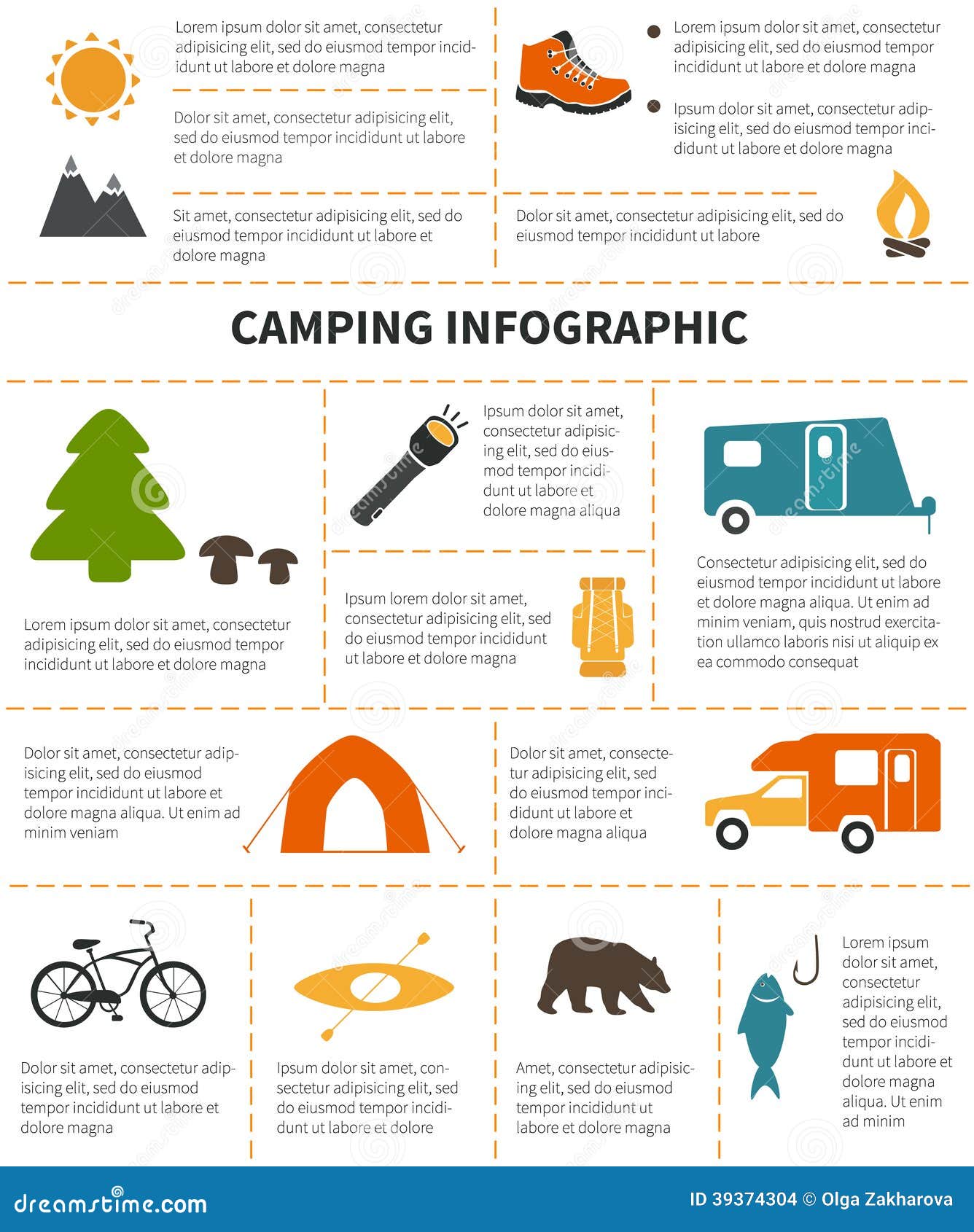Winter season camping provides the chance to check out a beautiful, tranquil wilderness free of groups and sound. However, there are a couple of points to think about prior to embarking on your trip.
Among these is safeguarding your tent with snow supports. A clove drawback with a buried stick can benefit rocky surface, however in ice and snow, a "dead man" anchor might be the most effective alternative.
Loading Down the Area
If you desire your guy line supports to be bomber, ensure the location around your camping tent is loaded down. This is less complicated with skis or snowshoes, yet also a great pair of hiking boots can do the method if you walk up and down your camp numerous times to load it down. This will certainly make certain that the stakes you dig will not move or obtain pulled out by the wind. Conversely, you can develop "Dead Man" supports by linking the line to a stick and hiding it in the snow with either Bob's clever knot or a conventional taut-line drawback maintaining the knot well over the snow degree. This works truly well at Helen Lake where the snow is quite thick.
I additionally like to set up a wind wall surface to secure the entryway of my tent.
Digging the Stake Trenches
Making use of a shovel, dig a slim trench simply large sufficient for the reclining secure. Beware not to reduce the man line with the blade of the shovel, specifically if you are utilizing it for a T-trench anchor (likewise called a straight mid-clip). A T-trench is one of the strongest supports and need to become part of any type of system used to help abyss rescue. It takes even more time to develop than a vertical picket yet it aids disperse the lots and stop the line from tearing over rocky terrain.
The outdoor tents secures that ship with a lot of 4-season and winter tents are not long enough for the deadman stake method when camping on snow, so you will require to bring additional energy cord to prepare these. To avoid needing to tie knots with cool fingers, it is a good concept to prepare all the person lines beforehand in the house by connecting girth hitches to the end of each cable.
Filling Up the Stake Trenches with Snow
The shopping bag person lines that include most 4-season camping tents are as well brief for scouting a tent in deep snow. Get ready for this beforehand by utilizing 2mm energy cable to prolong the length of each guy line.
To hide the stick, use either a clover drawback knot as Bob defines or a taut-line hitch with the knot well over the snow degree (so you can draw the unknotted line back out if it gets iced in). Then damp down the location and stomp it down to pack it strongly.
This is the most safe and secure method for stakes in winter months and it doesn't require an ice axe, although some like to make use of one anyhow to avoid destroying their hands as they dig. Repeat the process for every stake until you've buried all the sticks and prepare to establish camp. This is an excellent means to get the job done rapidly when setting up in cool and windy problems.
Tightening up the Pitch
While a standard camping tent suffices for outdoor camping in summer, winter needs much more equipment, especially if the trip will certainly be expanded. A 4-season tent with stronger poles, larger fabrics and less mesh is required to withstand high winds and heavy snowfall.
A hat is essential to maintaining warm from being lost via the head (approximately 70% of temperature loss). The very same chooses gloves and a face mask in very cool conditions.
Sleeping on a platform as opposed to in an outdoor tents with a flooring can also help reduce heat loss via all-time low of the sleeping bag. Utilizing a tarp can likewise enable added convenience by offering a surface for cooking and sitting.
Site selection is important in winter camping. Seek a location that provides wind protection, a protected water source (to avoid melting snow), and is far from avalanche danger or threat trees. An area that has exposure to sunshine will certainly likewise aid you heat up quicker in the morning.
